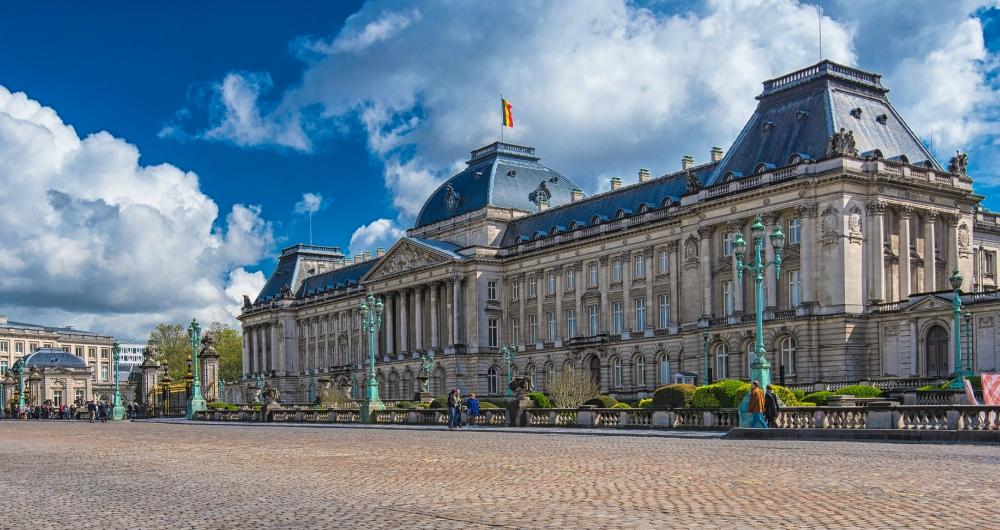In This Article
Need a European destination with medieval towns, world-class beer, and rich culture? Head to Belgium! This small but diverse country offers Gothic architecture, UNESCO World Heritage sites, mouthwatering chocolate, and some of the best beer in the world. Whether you’re exploring cobblestone streets in Bruges or museum-hopping in Brussels, Belgium is bursting with charm.
Best Time to Visit
The best time to visit Belgium is during the spring and early fall (April–June and September–October), when the weather is pleasant, crowds are manageable, and cultural festivals are in full swing. December is also lovely for festive Christmas markets.
How to Get There
- By Air: Brussels Airport (BRU) is the main international gateway with flights from cities around the world. Brussels South Charleroi Airport (CRL) serves many budget airlines.
- By Train: High-speed trains like Thalys and Eurostar connect Belgium to Paris, London, Amsterdam, and other European cities.
- By Car: Belgium is well-connected to neighboring countries via highways; driving is ideal for exploring small towns and rural areas.
Where to Stay
- Hotel Amigo (Brussels) – Luxury stay near the Grand Place with a stylish, historic vibe.
- Dukes’ Palace (Bruges) – Elegant 15th-century palace hotel in the heart of medieval Bruges.
- 1898 The Post (Ghent) – Chic boutique hotel in a converted post office with views over the canal.
Top Attractions
1. Tour Regal Halls and Gardens at the Royal Palace of Brussels
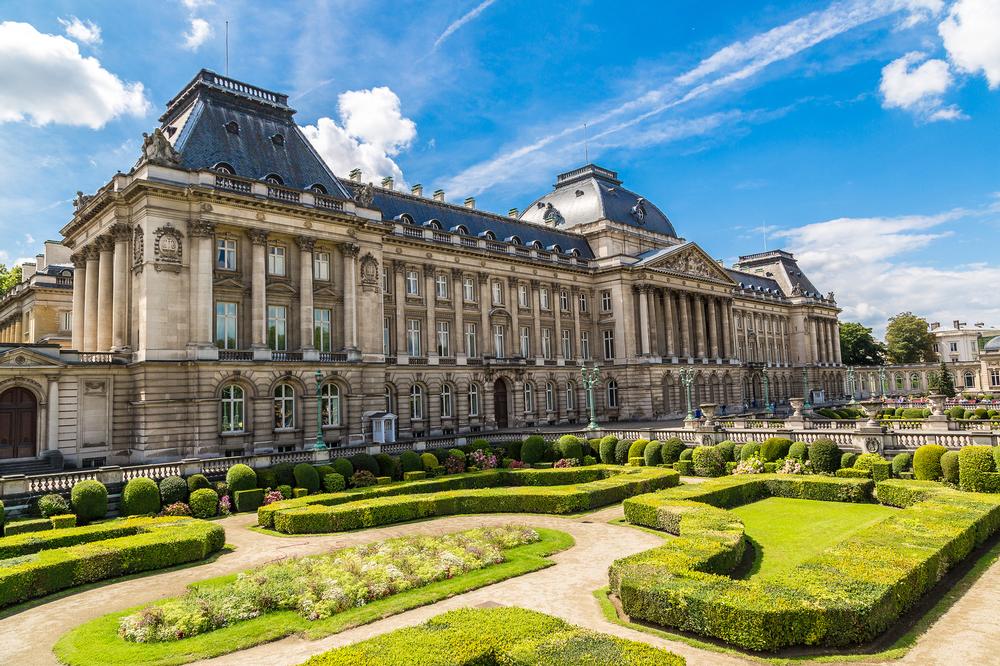
© Courtesy of Sergii Figurnyi - Fotolia.com
The Royal Palace of Brussels is the official palace of the king and queen of Belgium and is located in the center of Brussels. Unlike royalty from many other nations, the royal family does not use the palace as their primary residence. Rather, the family lives in Royal Palace of Laeken just outside the city. The palace has a formidable presence on a long square called the Paleizenplein, which separates it from the nearby Brussels Park. The palace houses a significant part of the royal collection, including silverware, fine crystal, and furniture that belonged to Napoleon, King Louis Phillipe, and Leopold I and II. Each summer the palace opens its doors to visitors, who are given access to certain rooms.
Rue Brederode 16, B-1000 Bruxelles, Belgium, Phone: +32-25-51-20-20
2. Step Inside a Futuristic Icon at the Atomium
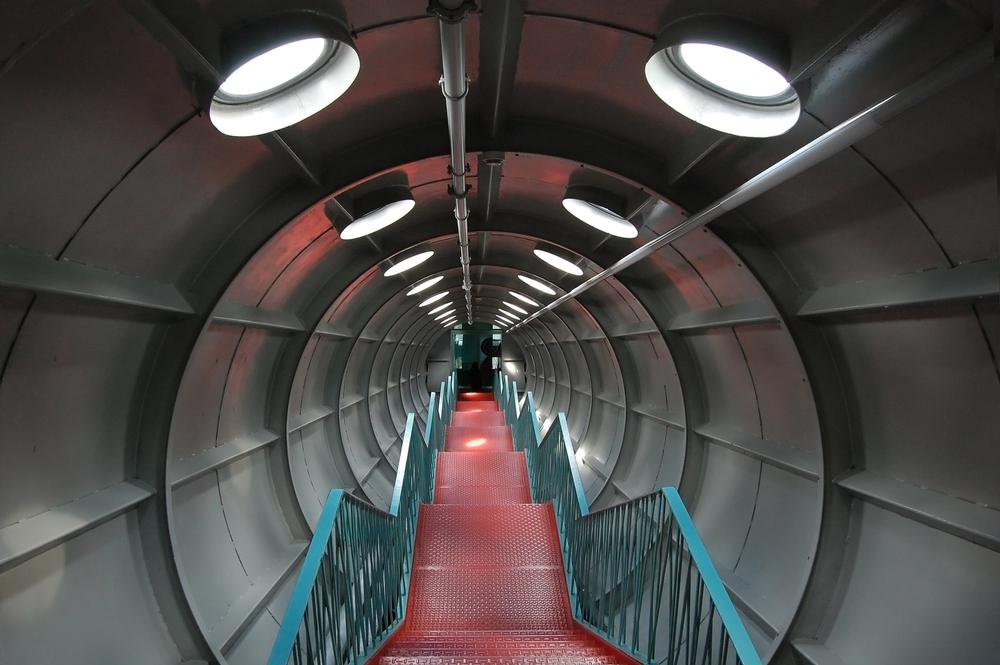
© Courtesy of Niccolo` Podesta` - Fotolia.com
Atomium is a 335-foot-tall building in Brussels that was built on the occasion of the Expo 58, the 1958 Brussels World’s Fair, and has become a symbol of the city. The iconic structure is designed in the shape of a unit cell of an iron crystal and features nine 60-foot spheres made from stainless steel. The spheres are connected with tubes that also connect each sphere to the center. Today, the building is a museum that features a permanent exhibition dedicated to Expo 58 on two of its levels and temporary exhibits related to architecture and design on three levels. The top of the building houses the Panoramic Restaurant, which serves a selection of gourmet dishes accompanied by stunning views.
Square de l'Atomium, 1020 Bruxelles, Belgium
3. Explore Vintage Vehicles at Autoworld in Brussels
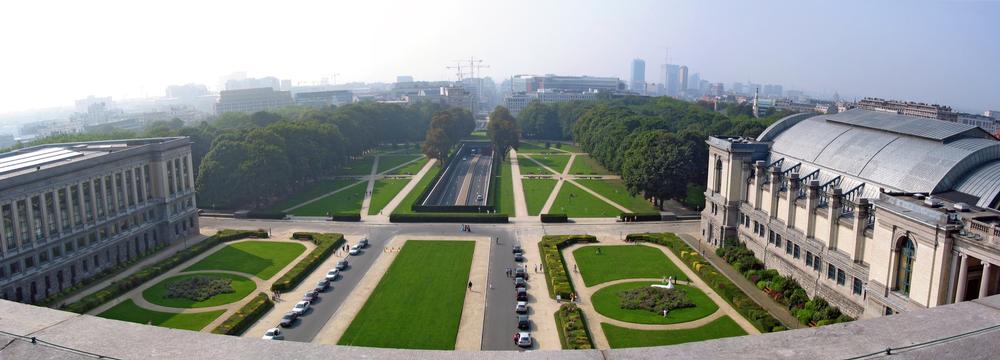
© Courtesy of leopold - Fotolia.com
Autoworld
is a vintage car museum located at Cinquantenaire Park in the city center of Brussels. The museum’s holdings include more than 250 vintage automobiles from Europe and the United States. The cars date from the late 19th century up through the 1970s. Some of the most interesting cars in the collection include Minervas, a 1928 Bentley, a 1930 Cord, and limousines which were formerly used by the Belgian royal family. Throughout the year, Autoworld hosts a variety of special exhibitions related to specific makes and styles of vehicles. They also have space available as well as dedicated event planning staff for those who wish to host private events at their venue.
1000 Brussels, Belgium, Phone: +32-27-36-41-65
4. Discover Archaeology and Art at the Curtius Museum in Liège
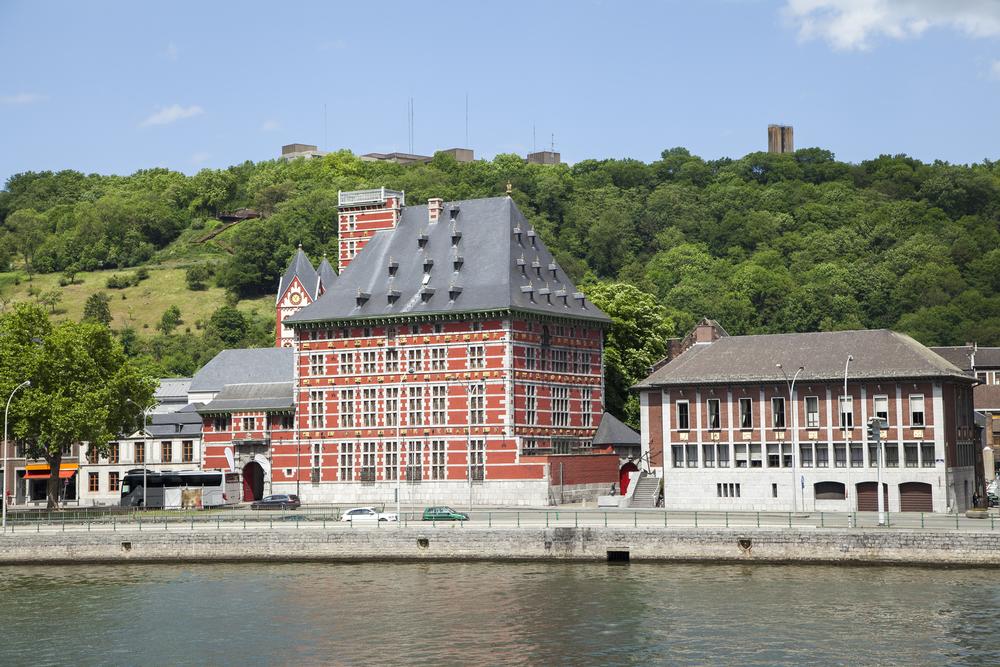
© Courtesy of bbsferrari - Fotolia.com
The Curtius Museum is an archeology and decorative arts museum situated on the banks of the Meuse River in the town of Liege. It was originally built at the turn of 17th century as a private mansion home for Jean Curtius, an industrialist who also supplied munitions to the Spanish army. The home’s striking facade features alternating levels of red brick and light-colored natural stone. The museum houses collections that were formerly held in four separate museums, the Museum of Weaponry, the Museum of Decorative Arts, the Museum of Archeology, and the Museum of Religious Art and Mosan Art.
Quai de Maestricht 13, 4000 Liège, Belgium, Phone: +32-42-21-94-04
Romantic Activities and Attractions:
5. Marvel at the Architecture and Atmosphere of Brussels' Grand Place
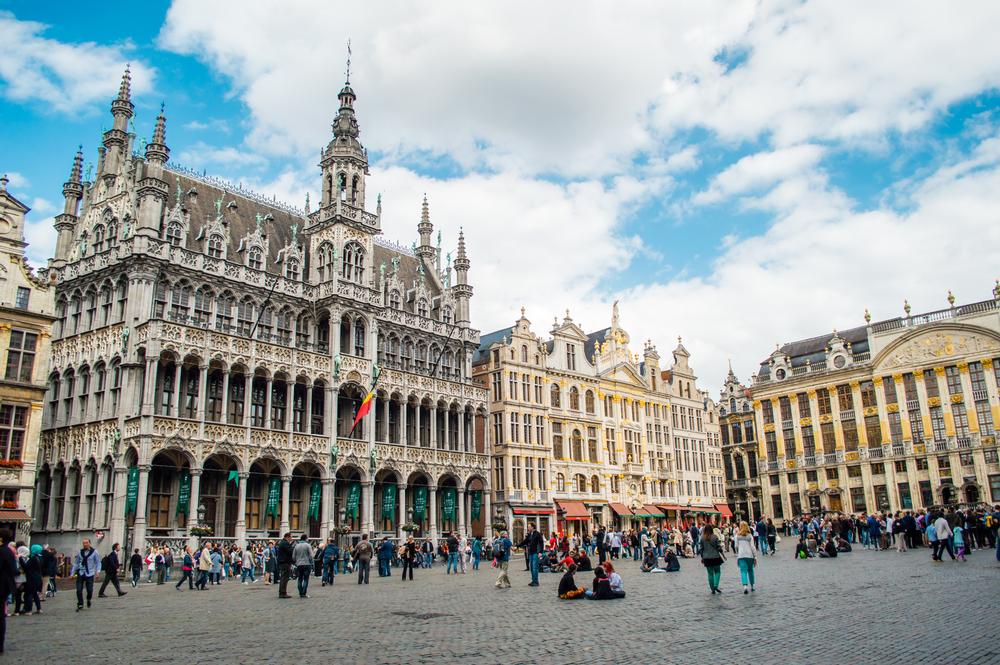
© Courtesy of andrii lutsyk - Fotolia.com
The Grote Markt, or Grand Place, is the city square of central Brussels. The site is a UNESCO World Heritage Site and is considered one of the most beautiful places on the planet. The square is surrounded by lavish guildhalls, the city’s town hall, and the large Breadhouse building, which now houses the Museum of the City of Brussels. Most of the buildings date from the late 17th century and provide evidence of the social and cultural lifestyle during that time period. Throughout history, many historical events happened in the square, including the burning of the first Protestant martyrs by the Inquisition, the beheading of the counts of Egmont and Horn, and significant events in the War of the League of Augsburg. Today a variety of festivals and cultural events are arranged on the Grand Place each year.
1000 Brussels, Belgium, Phone: +32-25-13-89-40
6. Walk the Ramparts of the Medieval Gravensteen Castle in Ghent
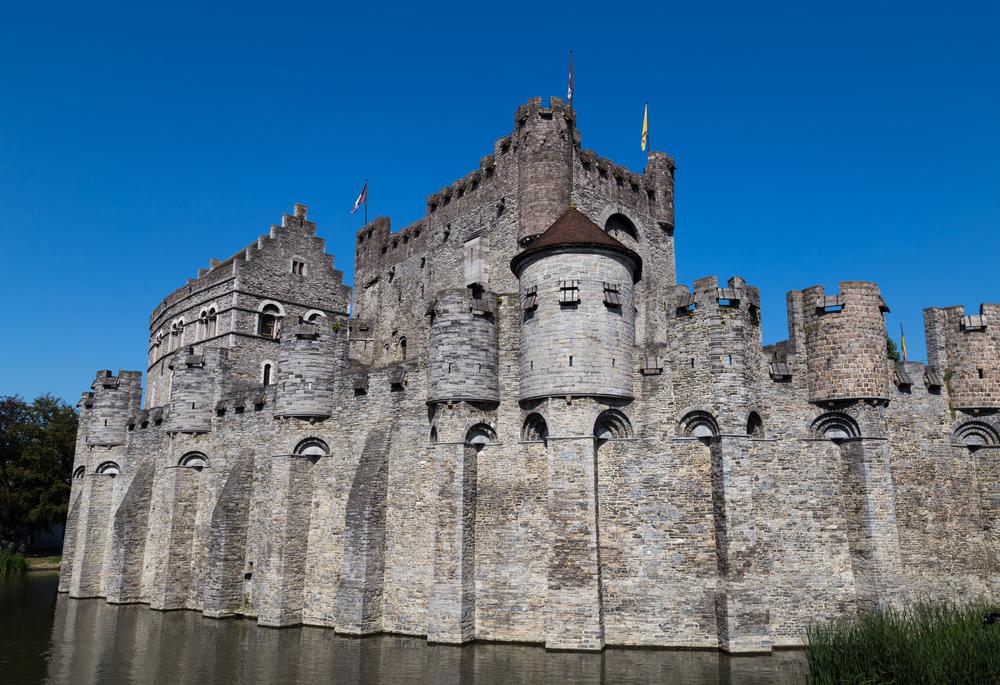
© Courtesy of anatoliil - Fotolia.com
Gravensteen is a castle in Ghent that dates to the Middle Ages. In Dutch, the name of the castle means “castle of the counts.” It was built in 1180 by count Philip of Alsace, who modeled the castle after the castles of crusaders he encountered during the Second Crusade. The castle was built on the site of a former wooden castle. It was used as the seat of the Counts of Flanders and, once abandoned, was used as a prison and then a courthouse before eventually being left to decay. The castle was partially restored around the turn of the 20th century and visitors can now travel through it and climb to the top. A small museum inside has a variety of traditional torture devices on display.
Sint-Veerleplein 11, 9000 Gent, Belgium, Phone: +32-92-25-93-06
7. Admire Flemish Masters at the Groeningemuseum in Bruges
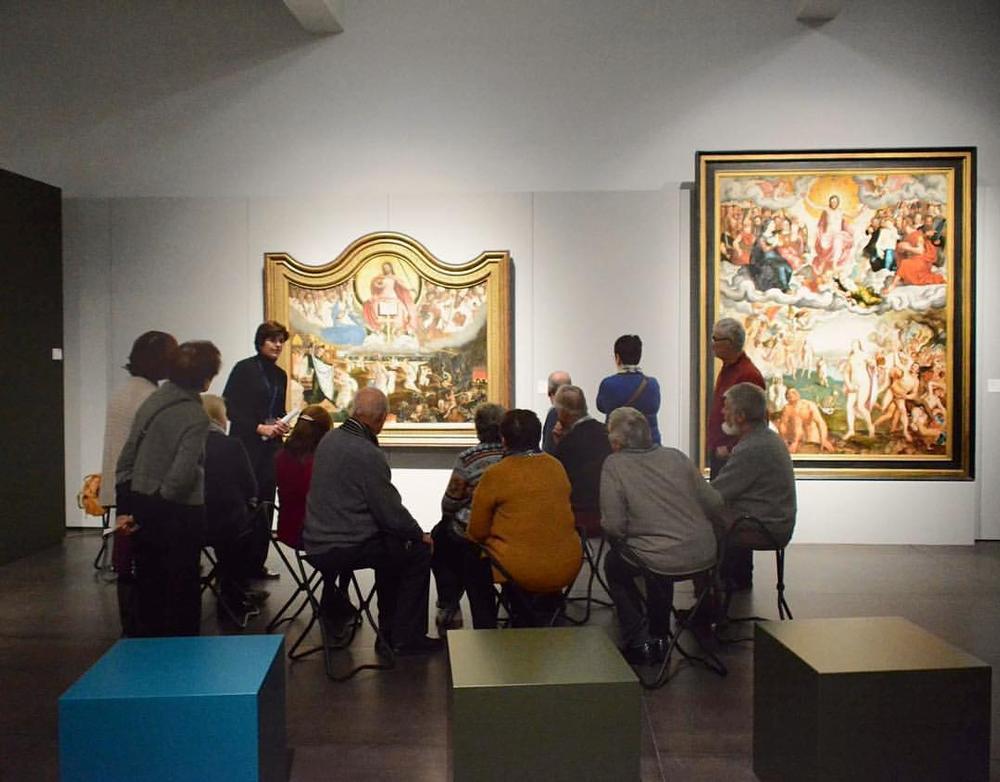
© Groeningemuseum
The Groeningemuseum
is a city museum in Bruges located on the site of the medieval Eekhout Abbey. The museum houses paintings from six centuries of Belgian and Flemish painters. The museum is most well-known for its significant collection of Flemish Primitive paintings, which include works by Jan van Eyck, Hugo van der Goes, Hans Memling, and Gerard David. The museum also has several masterpieces from the Renaissance and baroque periods and works from the neoclassical and realist periods of the 18th and 19th centuries as well as some more modern pieces. The Groeningemuseum is known around the world and often hosts prestigious and well-received traveling exhibits.
Dijver 12, 8000 Brugge, Belgium, Phone: +32-50-44-87-11
8. Experience Art Nouveau Elegance at the Horta Museum
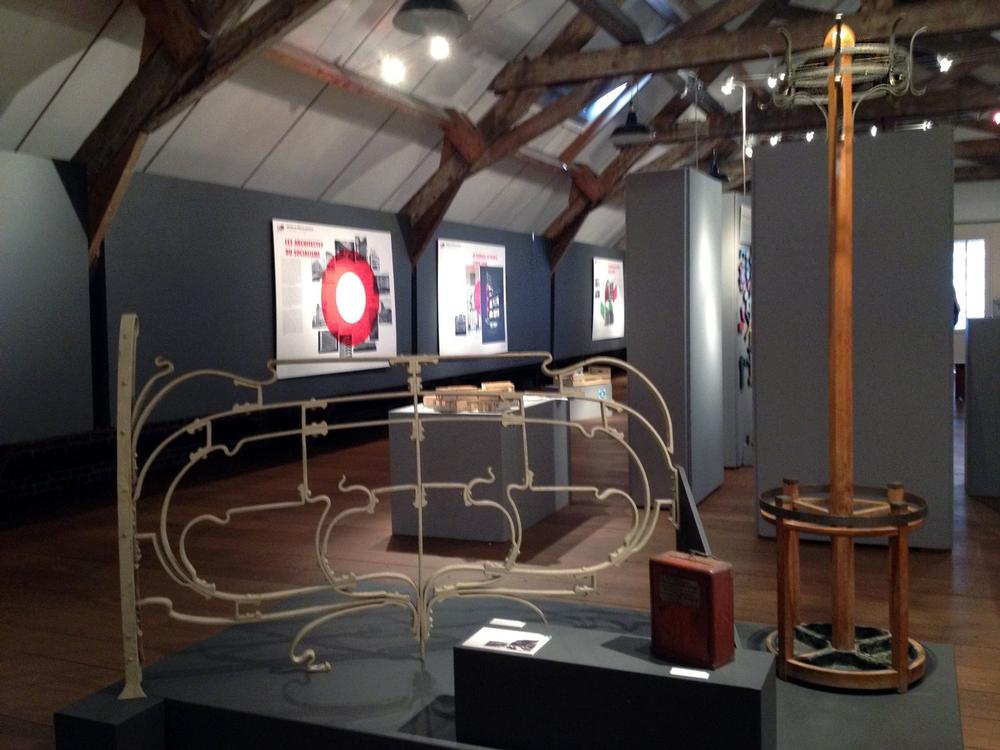
© Horta Museum
The Horta Museum comprises a pair of turn-of-the century art nouveau building that was the private home and studio of artist Victor Horta. The buildings were built right around the turn of the 20th century and reflect the height of the art nouveau movement. Today, the site is preserved as a UNESCO World Heritage Site. The interior still features many of the original mosaics, stained-glass pieces, and decorations. Many furniture pieces, art objects, and utensils designed by Horta are on display throughout the museum as are many documents related to Horta, his life, and time. Occasional temporary exhibits are sometimes on display that explain other aspects of Horta’s life and art.
Rue Américaine 25, 1060 Bruxelles, Belgium, Phone: 0-25-43-04-90
9. Reflect on WWI History at the In Flanders Fields Museum in Ypres
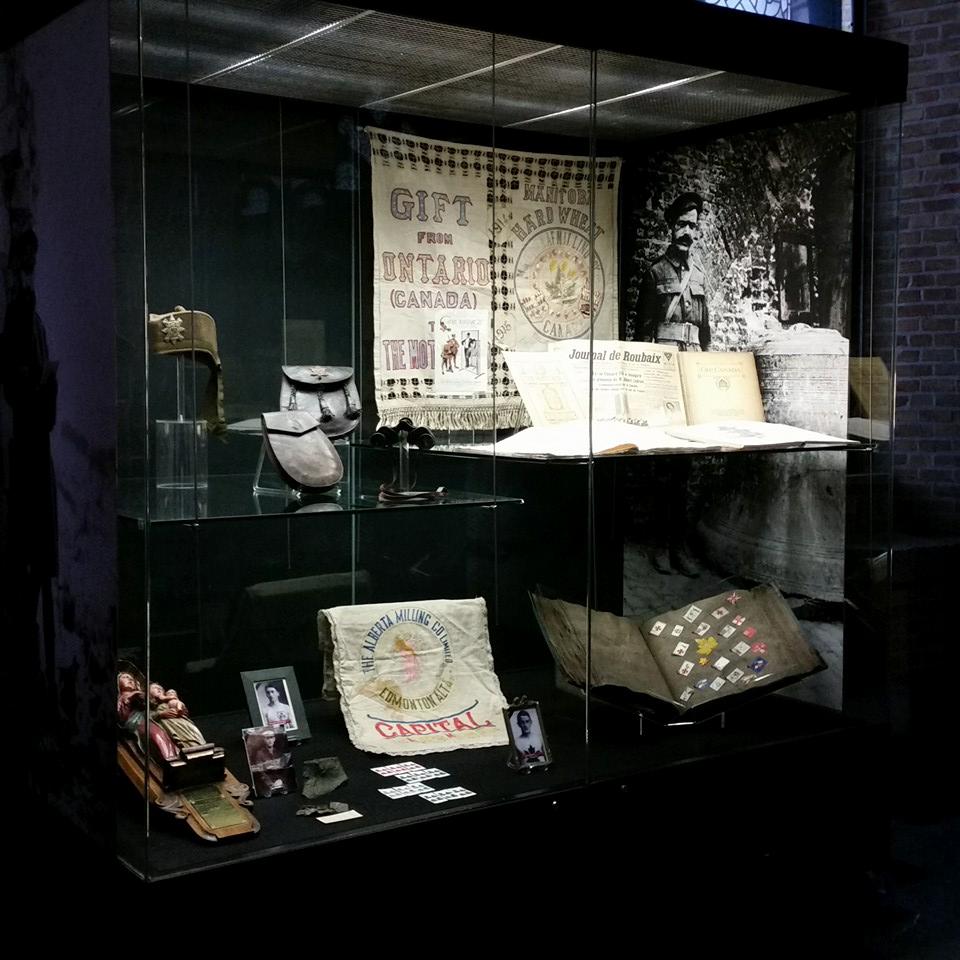
© In Flanders Fields Museum
In Flanders Fields Museum is a museum dedicated to World War 1 located in the town of Ypres in the city center’s market square. The name of the museum stems from the famous poem written by John McCrae. The museum tells the story of the invasion of Belgium, outlines a timeline of the war’s events, and emphasizes the remembrance of the war. The museum pays special attention to how the war affected the lives of individuals as well as the consequences of war and how and why we remember. The museum shop sells a variety of First World War-related products, including books, post cards, maps, and gifts.
Grote Markt 34, 8900 Ypres, Belgium, Phone: +32-57-23-92-20
Must-see if you are a first-time visitor:
- Bruges Historic Centre – A UNESCO World Heritage Site of canals, cobbled lanes, and preserved medieval buildings.
- Gravensteen Castle (Ghent) – Step back into medieval times in this well-preserved fortress.
- Battlefields of Flanders – Visit WWI memorials and museums around Ypres and Passchendaele.
Where to Eat
- Chez Léon (Brussels) – Classic spot for moules-frites (mussels and fries) and other Belgian specialties.
- De Halve Maan Brewery (Bruges) – Traditional Flemish food and beer brewed on site in historic surroundings.
- Pakhuis (Ghent) – Stylish brasserie in a former warehouse serving modern Belgian cuisine.
If you are interested in local events:
- Ommegang Festival (Brussels) (July) – Historic reenactments, parades, and pageantry in the Grand Place.
- Gentse Feesten (Ghent) (July) – Ten-day citywide festival of music, street performances, and nightlife.
- Brussels Christmas Market (Late November–December) – Holiday magic with lights, ice skating, and festive stalls.
If you are looking for unique day trips within 30 Minutes to 1 Hour of Brussels:
- Antwerp (45 min) – Discover diamond history, fashion boutiques, and the Cathedral of Our Lady.
- Leuven (30 min) – Home to one of Europe’s oldest universities and great beer culture.
- Waterloo (30 min) – Visit the famous battlefield and learn about Napoleon’s final defeat.
- Mechelen (30 min) – Quaint town with a lively square, carillon concerts, and riverfront cafés.
- Tervuren Park & Royal Museum for Central Africa (30 min) – Peaceful parklands and a fascinating museum just east of Brussels.
FAQ:
-
What makes Belgium a great travel destination?
- Belgium is home to numerous medieval cities full of cathedrals, palaces, and abbeys, as well as beautiful forested hills and famous historical sites.
-
Which cities in Belgium are best for experiencing medieval history?
- Brugge and Ghent are some of the best places to immerse yourself in an ancient town, as both have been beautifully preserved over the centuries.
-
What are the best modern cities to visit in Belgium?
- If modern cities are more your thing, then Brussels and Antwerp are where it’s at.
- Brussels is known for its art deco architecture and grand squares.
- Antwerp is a shopping destination for the well-to-do.
How did I do?
Is the article too broad, too narrow, or just right ? Do you like the presentation of photos and text? Let me know in the comments! If you want to see more in this location, I can put it on my editorial calendar. I'm listening!
Plan Your Trip


